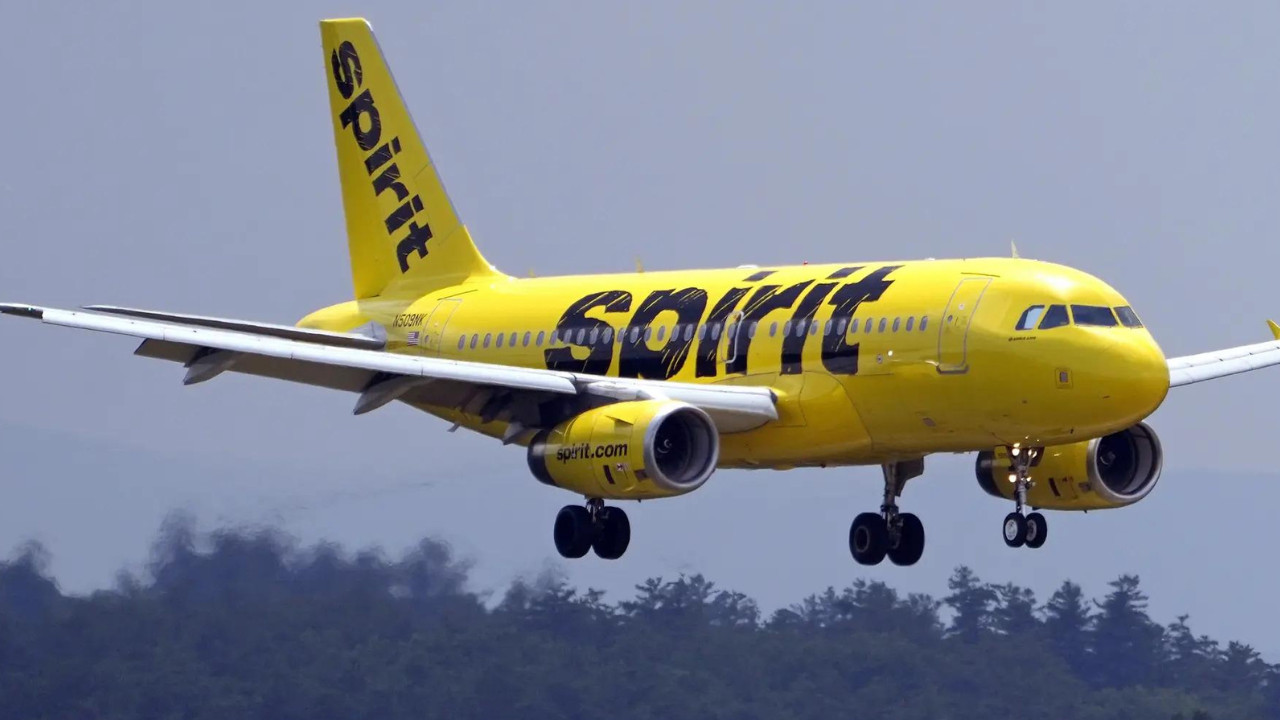Spirit Airlines has filed for bankruptcy again, despite a recent debt restructuring, aiming to reorganize routes and cut costs. The airline, led by CEO Dave Davis, assures continued operations while addressing financial challenges, including a dispute over Airbus planes. Increased competition and an inability to streamline costs after its initial bankruptcy have contributed to Spirit’s current financial difficulties.
Spirit Airlines Takes Flight Through Restructuring: What Passengers Need to Know
The skies just got a little bumpier, at least financially. Spirit Airlines, known for its no-frills, budget-friendly approach to air travel, recently announced it has filed for Chapter 11 bankruptcy protection. But before you panic about your upcoming vacation, let’s unpack what this means for you, the traveler, and for the future of budget air travel.
The immediate reassurance is this: Spirit is continuing to fly. Think of this as a strategic maneuver, a financial pit stop, rather than an outright grounding. The airline intends to maintain its regular flight schedule while it navigates this restructuring process.
So, what led to this turbulence? The airline industry, as we all know, is a volatile one. Spirit, in particular, has been wrestling with a confluence of challenges. High fuel costs, which ripple through every aspect of an airline’s operations, have been a major headwind. The rising cost of labor, driven by increased demand and ongoing negotiations with pilot unions, adds another layer of complexity.

However, the straw that seemingly broke the camel’s back was the grounding of numerous Airbus A320neo aircraft. This was caused by engine issues with the Pratt & Whitney engines that power those planes. This widespread grounding forced cancellations, disrupted schedules, and significantly impacted Spirit’s revenue stream. The airline even brought a lawsuit against Pratt & Whitney, alleging that faulty engines cost them millions.
Understanding the Bankruptcy Process: Is Your Ticket Safe?
Filing for Chapter 11 isn’t necessarily a death knell for a company. Instead, it provides a framework for Spirit to reorganize its finances, renegotiate debts, and emerge as a stronger, more sustainable business. It’s like hitting the reset button, allowing the airline to shed liabilities and streamline operations.
Crucially, bankruptcy protection comes with safeguards for consumers. If you’ve already booked a flight with Spirit, you’re likely protected. Airlines operating under Chapter 11 are generally required to honor existing tickets. However, it’s always prudent to confirm directly with Spirit and monitor the situation closely.
The Future of Budget Air Travel: Will Spirit Survive?
The big question on everyone’s minds: what does this mean for the future of ultra-low-cost carriers? Spirit’s current financial situation shines a light on the inherent risks in the budget airline model. While offering incredibly low fares attracts price-conscious travelers, it also leaves airlines vulnerable to external shocks like fuel price spikes and unexpected maintenance issues. The proposed merger with JetBlue, ultimately blocked by regulators, was seen as a lifeline that could have bolstered Spirit’s position. Its failure leaves the airline navigating a much tougher path.
The road ahead for Spirit involves significant cost-cutting measures. They are already looking to reduce expenses across the board, from labor costs to operational efficiencies. Negotiations with creditors and unions will be crucial in determining the airline’s long-term viability.
This situation has far-reaching implications for the entire airline industry. If Spirit successfully navigates this restructuring, it could emerge as a leaner, more competitive player. If not, it could signal a broader shift in the budget airline landscape. Could consolidation be on the horizon? Or might we see a re-evaluation of pricing strategies to ensure long-term stability?
To compare, check out our other articles on airline industry trends and how they affect you.
Spirit’s Commitment: What to Expect
Despite the bankruptcy filing, Spirit’s leadership is projecting a message of optimism. They emphasize that they are committed to providing affordable travel options and delivering value to their customers. The airline will likely focus on maintaining its core routes and improving operational efficiency to attract and retain passengers. The airline will need to regain customer confidence through transparency and improved customer service, as a bankruptcy filing alone will raise eyebrows.
Ultimately, the success of Spirit’s restructuring will depend on a variety of factors, including the airline’s ability to control costs, adapt to changing market conditions, and maintain passenger loyalty. While the journey ahead may be turbulent, Spirit Airlines is determined to emerge from this process stronger and more resilient, committed to their passengers and the future of affordable air travel.







